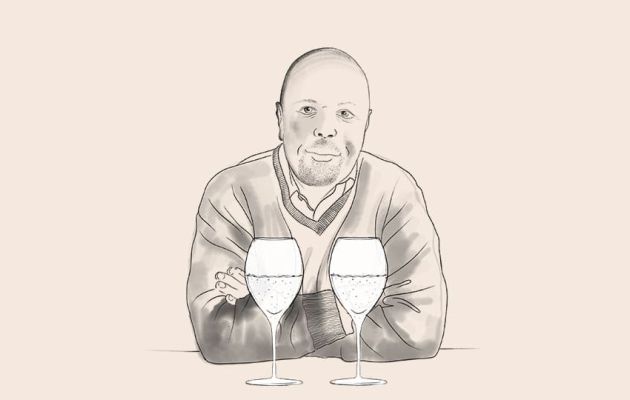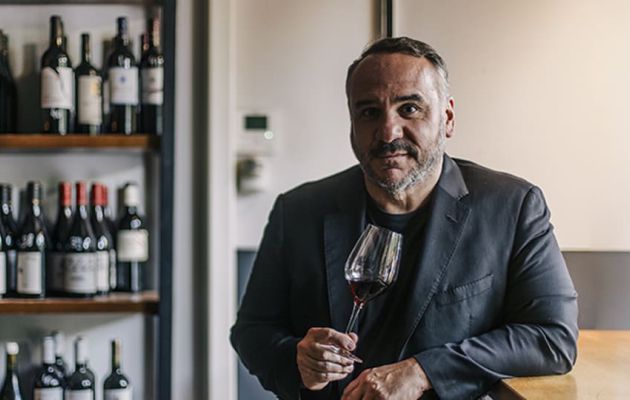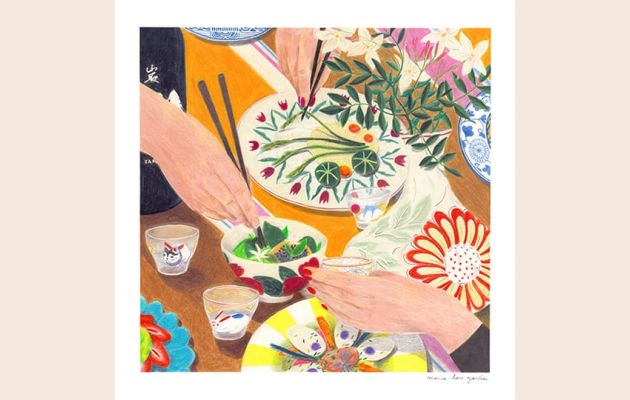[ PORTRAIT ]
France // The wine auction market
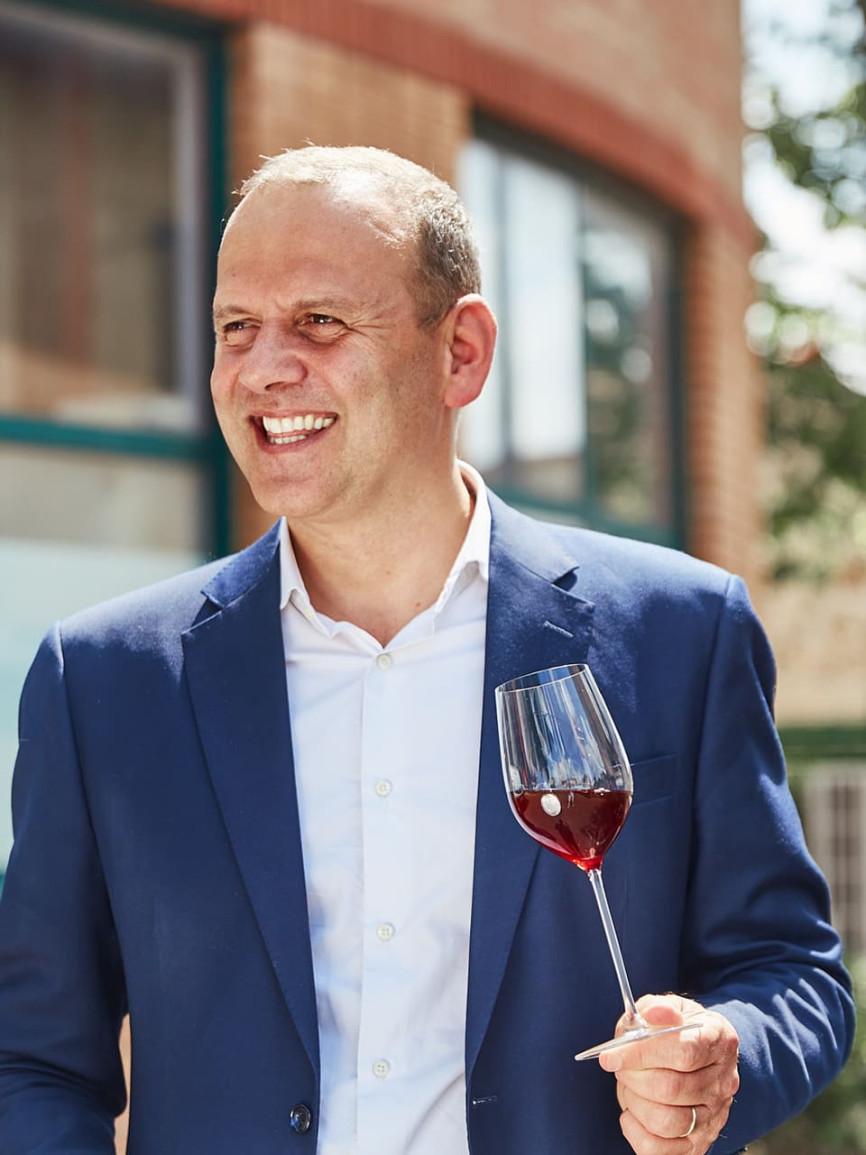
_
Talk with Cyrille Jomand
"I think that those who craft emotion-inducing wines are winegrowers with a high level of sensitivity."
Behind every wine enthusiast is the search for the Holy Grail – that superlative label or legendary back vintage. And to find them, online auctions have become the go-to destination.
From site-expressive bottlings to unicorn and clean wines, iDealwine has acted as a bellwether for sales trends for the past twenty years. And they range from the wines we used to enjoy, to current on-trend labels and the rising stars that will hit the right spot in twenty years or so.
IDealwine’s CEO, Cyrille Jomand, analysed these trends and profiles of wine buffs with us. More of an eclectic drinker/wine enthusiast than a compulsive collector, he recounts the emotions he feels with wine, where sometimes a good wine is as much about the memories and emotions it elicits, and the glass is always full of promise.


You are one of the pioneers of online wine auctions. How did it all start?
CYRILLE JOMAND
IDealwine is the story of an encounter, among people to start with, between the three partner founders, Angélique de Lencquesaing, Lionel Cuenca and myself. The three of us were driven by a desire to start up a business and a passion for wine. Internet was still in its infancy. We were working together at the Paris stock exchange and we used our knowledge to launch an organised marketplace for wine. The idea was to create a book price for wine, just like there is for art and cars! We could have just opened up a shop and sold our favourite wines, but right from the start, we wanted to be disruptive and to transpose pop-up auction rooms electronically.

The idea was to create a book price for wine, just like there is for art and cars!
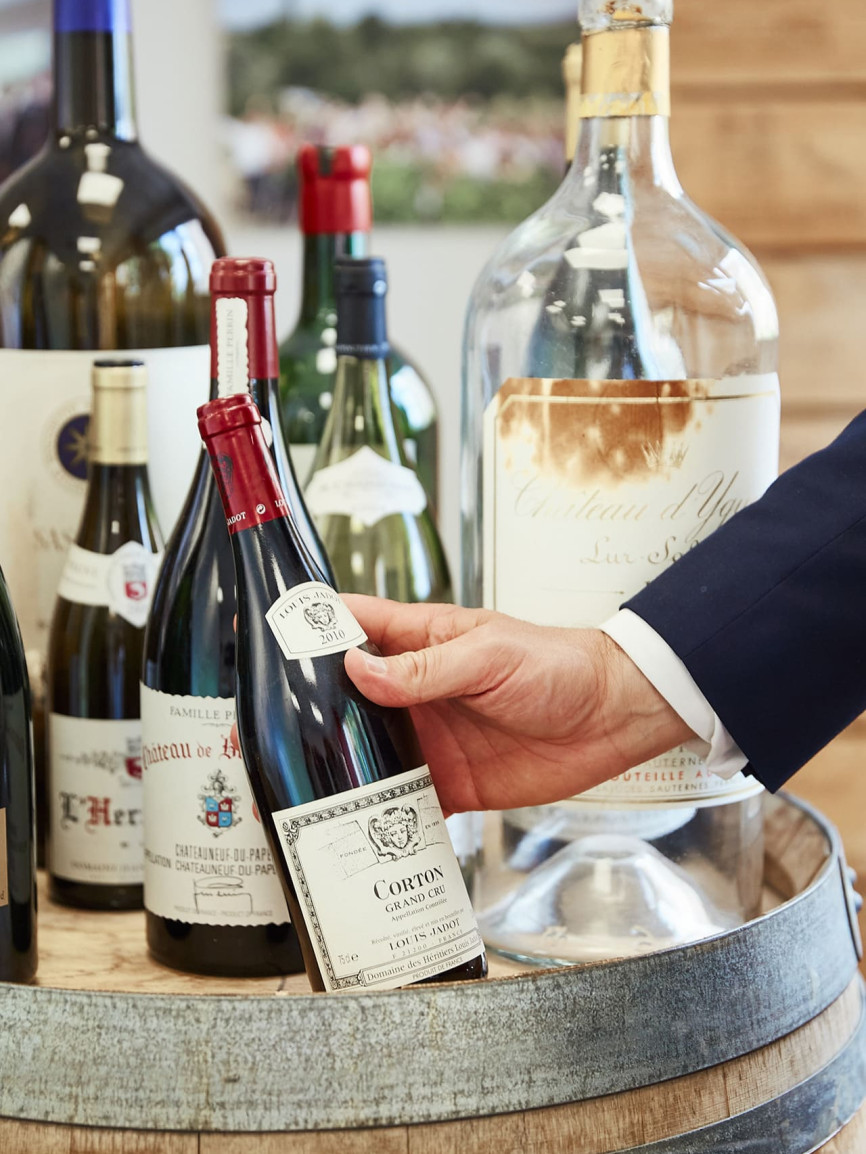

In what way did the internet allow this small revolution in the world of wine to happen?
CYRILLE JOMAND
Internet opened the doors to an arcane world for a wider audience of enthusiasts – a more international, younger audience with lower incomes. Obviously, many of the lots auctioned are fine wines, mature vintages and icons sold by enthusiasts or restaurateurs, but the wide variety of wines on offer means that you can treat yourself more easily to one or two bottles whereas traditionally, sales were in cases of 12. What is exciting is that today’s consumption will produce tomorrow’s auction lots!
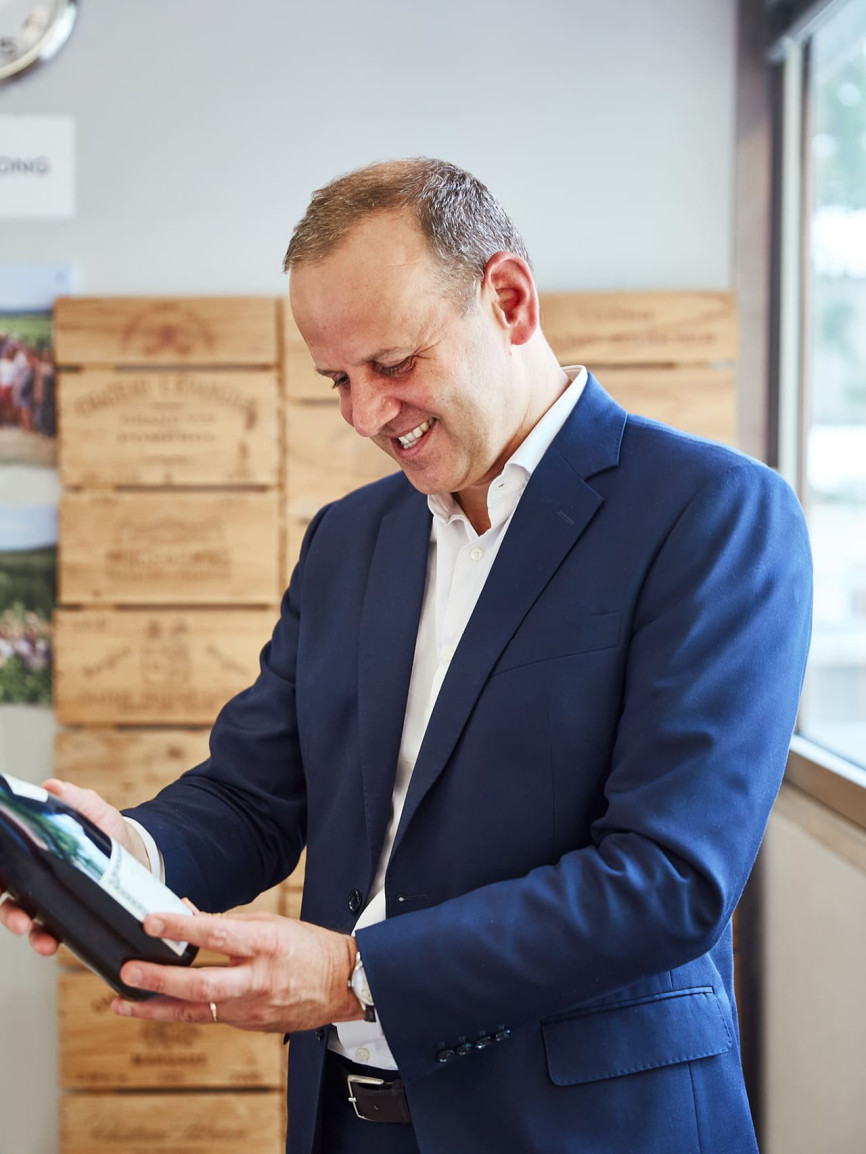

Today’s consumption will produce tomorrow’s auction lots.

So are you in the vanguard of trends?
CYRILLE JOMAND
Yes, in some ways, we are a kind of observatory, with a live view of what people want to drink and what they want to cellar. I think that there are fewer preconceived ideas now. Bordeaux is still the number one by volume, in a trio with Burgundy and the Rhone Valley, but alongside them, regions like Jura, Beaujolais and the Loire Valley are rising stars. Wine enthusiasts are less blinkered, the playing field is a lot more open and there is a strong trend towards wines that take a clean approach to viticulture and winemaking, from organic to biodynamic. We are witnessing this ongoing change in Bordeaux where top estates like Château Lafite Rothschild are heading towards this form of winegrowing, taking it a step further even through agro-ecology.

In some ways, we are a kind of observatory, with a live view of what people want to drink and what they want to cellar.
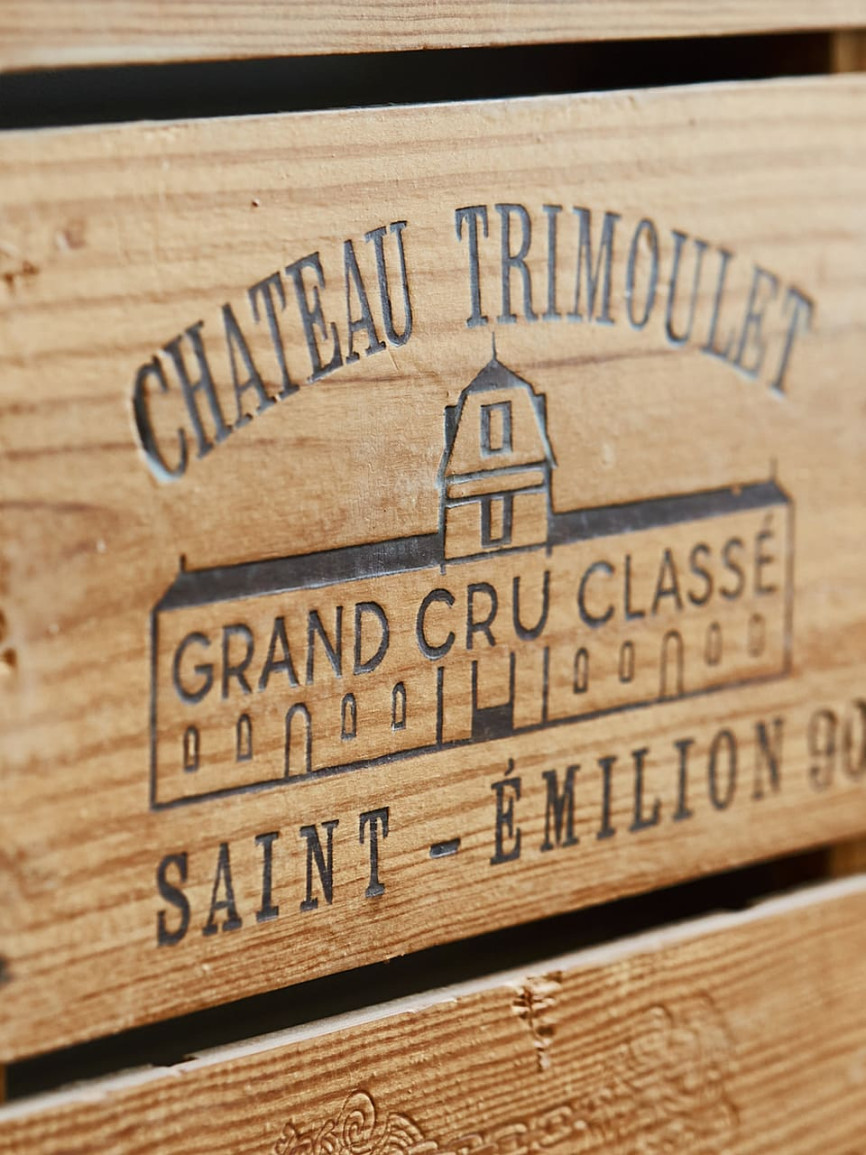

Have opinions towards New World wines also changed?
CYRILLE JOMAND
For our customers around the world, the concept of New World is very relative! If we focus on the French perspective, French wine enthusiasts are embracing foreign wines much more than they used to – Mosel white wines, German Kabinetts… Parkerised wines on steroids have now gone out of style. For example, whereas before the trend was for Californian Chardonnay with distinctive oak influence, now demand favours Pinot noir from Oregon with a lot of freshness and typicity that stems primarily from the pre-phylloxera vines that are still being grown.

So is terroir the main focus?
CYRILLE JOMAND
I remember this comment by Colette who said, “Within the plant kingdom, only vines offer us an understanding of the true flavour of the earth”. Wine is obviously linked to a place – the weather plays its part, and so does geography. Tasting wine transports us to a vineyard and its soils. Some white wines from Jura have that marly, rich side from the earth, whilst the granite aspect of Côte Roannaise wines brings you back to their hillside. These site-expressive wines translate the power and energy of an incredible terroir. And if you add this to the ability of the winegrower to encapsulate this, you get a wine that delivers a unique energy, which enthusiasts or anyone with an open mind will fully feel, as if it were an emotion.
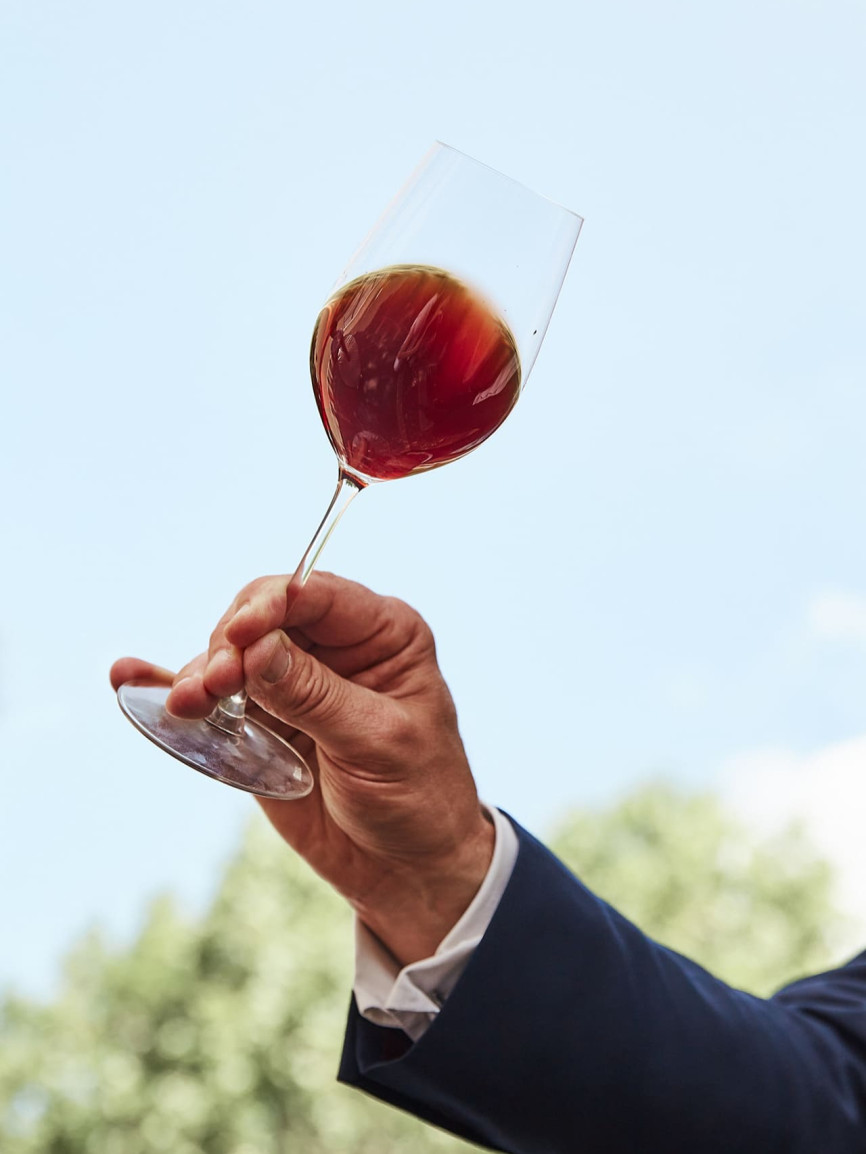

Tasting wine transports us to a vineyard and its soils.

And where does this emotion come from?
CYRILLE JOMAND
What is surprising is that when you meet the top connoisseurs and large collectors who have tasted countless wines, what they’re looking for is emotion – a wine with the ability to give you a frisson of excitement, bring tears to your eyes and conjure up memories. I think that those who craft emotion-inducing wines are winegrowers with a high level of sensitivity. If they’re just wine technicians, they will make a wine that is impeccable but it won’t spark any emotions. In my opinion, wine translates the personality of the winegrower. For example, behind very mineral, laser-focused wines, you’re likely to find people that are very self-demanding.

In my opinion, wine translates the personality of the winegrower. For example, behind very mineral, laser-focused wines, you’re likely to find people that are very self-demanding.
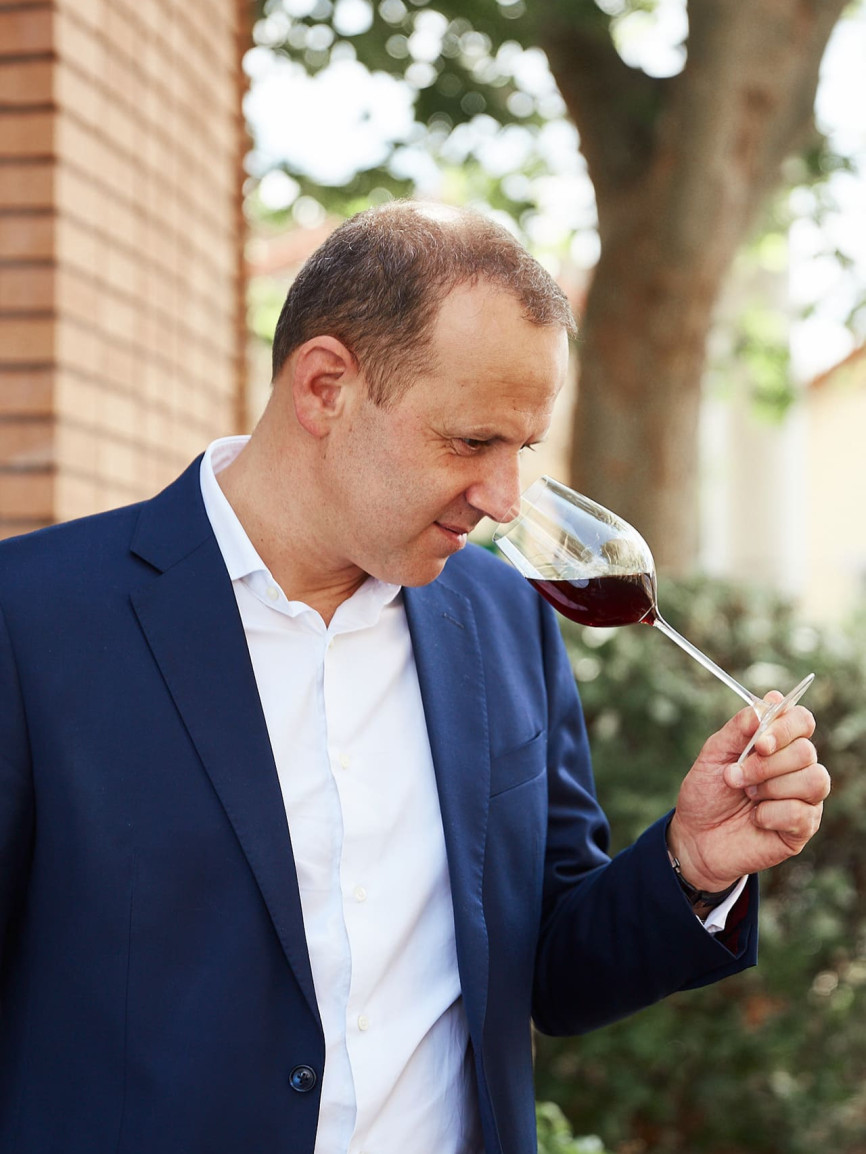

What have those blessed moments been for you?
CYRILLE JOMAND
The great wines that I associate with profound emotions and lasting memories include the Pommard Rugiens by Domaine de Courcel, which would always be there on special family occasions. It was quite a unique lot, some of the bottles didn’t even have labels. For my father’s 80th birthday, a customer who had a fantastic wine cellar gifted me a bottle of 1943 La Mission Haut-Brion, the year my father was born. We drank it on his birthday, and it was an extremely emotional moment. Probably my greatest emotion though was drinking a 1918 Saint-Emilion and imagining that the wine had been produced at that time, after my grandfather had been in the war. I can’t remember whether the wine itself was actually good, but there was a really tangible emotion.


My greatest emotion was most probably when I drank a 1918 Saint-Emilion, even if I can’t remember whether the wine itself was actually good!

So are emotions closely related to the memory of time?
CYRILLE JOMAND
This is the only product, well perhaps not the only one but the most iconic, that can stop the process of decay. Fermentation rises above time, time stops and this allows us to revert back to something magical, a particular memory, through a vintage.

Your most recent favourite pick?
CYRILLE JOMAND
The more you develop your love of wine, the more you realise that it is endless, and that there is always an element of mystery. You think you know it, and then you discover that there are still so many regions to explore! Recently, I was fortunate to be able to go to Emidio Pepe’s in the Abruzzo region, with the winegrower Chiara Pepe, where I enjoyed her incredible Montepulciano d’Abruzzo wines.

Does that make you a wine collector?
CYRILLE JOMAND
I am absolutely not an obsessive collector, but more of an enthusiast who drinks wine. My cellar is a great place for storing and showcasing wines, but the wines I cellar are there to drink so there is a lot of rotation! I also have a second cellar for the years my children were born, with large formats that will stay there a little longer. I’m more of an eclectic wine enthusiast, even though it’s a bit pretentious to say so.

To wrap up, can you give us some examples of the wines in your cellar?
CYRILLE JOMAND
My cellar – 99% bought on iDealwine – reflects my discoveries, in small quantities but with a lot of variety. To start with, from the Rhone, I have a collection of Saint-Joseph (Chapoutier, Gonon, Alain Graillot…) and some Châteauneuf-du-Pape (Saint-Préfert, Charvin, André Brunel - Les Cailloux…). In fact, Côtes-du-Rhône by Charvin are among my favourite wines, as are the many others in the Reynaud galaxy (Château des Tours, Domaines des Tours, Parisy…). Also going back to my roots, there are quite a few Beaujolais: the ‘Zaccharie’ label by Château Thivin, Côte du Py by Jean Foillard, wines by Daniel Bouland and white Beaujolais. In Burgundy, I am particularly fond of the Latricières, the Corton Blanc by Domaine Chandon de Briailles, the Corton-Charlemagne from Louis Latour, Meursault from Ballot-Millot… and I am still waiting to uncork the 2009 Gevrey-Chambertin 1er cru ‘Lavaux St Jacques’ by Domaine Duroché. From the Loire, there is the red ‘Les Poyeux’ and the white ‘Brézé’ by Clos Rougeard, ‘Brézé’ by Guiberteau, ‘Victoire’ by Clos des Treilles, ‘Les Vieux Clos’ by Coulée de Serrant. In Bordeaux, I have recently started expanding my collection of Château de Ferrand and I have a real weak spot for Léoville Barton, Clos Puy Arnaud and Grand Corbin Despagne in particular. In Alsace, the Schlossberg from Bott-Geyl and the Altenberg de Bergheim from Deiss spring to mind. Not far away, the German Kabinetts by J.J Prüm have been given a prime position in my cellar. And lastly, my real indulgence is noble-rot wines: Château de Fargues, Château Doisy-Daëne, Château Climens or Hungarian Tokaj from Disznókő, to name just a few!
Prolong the experience
Discover the profiles of creative and influential personalities explaining their relationship with wine, the secrets of sommeliers or legendary establishments.
When you subscribe to the magazine, your email address is only used to send you our content newsletter. You can unsubscribe at any time by clicking the unsubscribe link included in each newsletter. To find out more about management of your data and your rights, click here .

